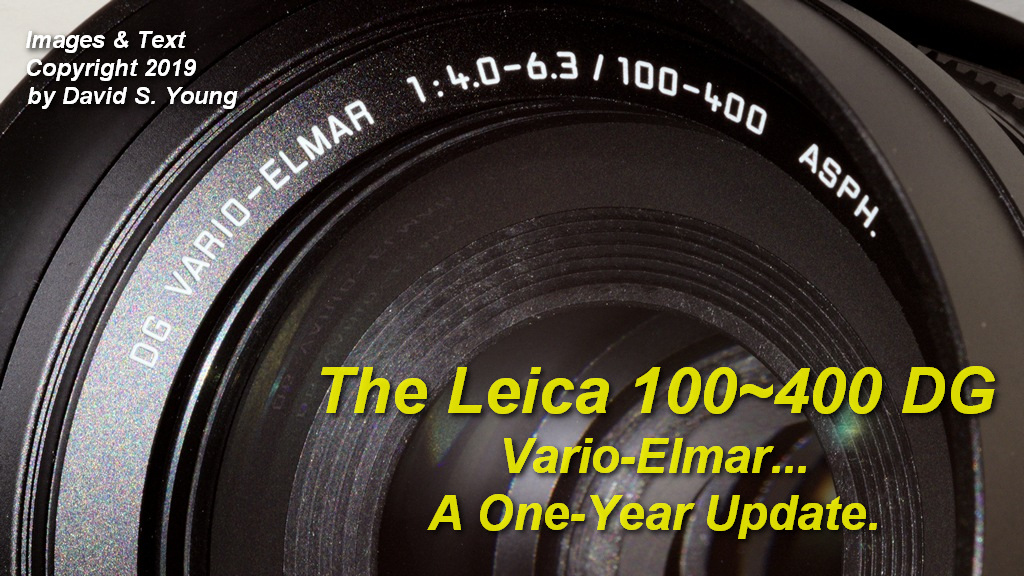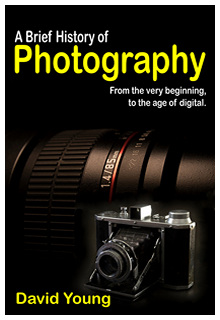| ely |
Tested on the Olympus E-M1 Mk II. (Tested with Firmware v.2.2 on the E-M1 Mk II & v.1.3 on the Leica DG Vario-Elmar.) I've been using the Panasonic/Leica DG 100~400 Vario Elmar for just over a year, now. Those who have not read my original review, should do so, here, as this is simply an update, albeit a somewhat extensive one. At the start, the two big bugaboos with the Pana-Leica 100~400 have been the "jerky" stiffness to the zoom and the problems associated with the focus limiter. The Focus Limiter: However, as I wrote a year ago: "This was the source of a major bugaboo, early in the game. Several reviews that are still available on the web, state that if the lens is used with the Olympus OM-D EM-1 MK II, and if the limiter is set to 5m-Infinity, the lens locks up and the IS makes some very strange noises and/or vibrations. The 100~400 could only be used if the focus limiter was set to "Full". And it was true. The solution, they said, was to keep the lens set at "full", and use the focus limiter found in the Mk II's menus, instead. That worked, but the menus are slow to change and thus awkward in real life photography. However, Panasonic's firmware update 1.2 for the lens has solved this issue. My lens came with 1.2 already installed and has worked perfectly with the Olympus from the start. If you have an ealier firmware version on your lens, do the update!" My lens is now on firmware v.1.3 and everything still works just fine in this regard. Zooming Stiffness: The stiffness in the zoom ring is still there but, after 20,000+ shots, it is slowly fading away. The motion from 100 through 300 is now noticeably much better, but from 300 to 400 it remains noticeably stiffer. This stiffness is a problem for videographers, as it means that zooming while filming will be jerky. This is not a problem for a stills photographer, such as myself. But, the lens is showing promise that in another year, it may actually become quite smooth. But, it's only a promise... not a guarantee. Other Video Concerns: Speaking of video concerns, the sound of the micromotor is still present, and may be a concern for video shooters. So, my advice remains the same. Buy local, and try before you buy. What I really wanted to show you: was how well the camera/lens combination works for sports. Last year I could not do that, as my winter-time test for any camera and/or lens, is Ice Racing. The crazies who race their motorbikes over frozen lakes in -25C (or -13 Fahrenheit, if you are in the USA) temperatures and at speeds up to 120 Kph (or 80 miles an hour, for our American readers). Last winter we suffered excessive snow - some 1.5 meters (roughly 5 feet) of the white stuff kept the ice from fully freezing. So while we had sufficient ice, it was in layers of ice, water, ice, water & so on. So, without freezing solid, there was no strength and thus no racing. This year, we did better. I like to shoot into the corners, as the bikes look most dramatic when they're leaning. But this means that the bikes are coming almost straight at the camera, so AF gets it's toughest challenge. I've never been a fan of the tracking feature on the Olympus cameras, as it tends to jump to the background. So most of these images were taken at 5fps, using the 9 square, center focusing block and Continuous focusing - a combination I find works very welll for Rodeos and othe sports. While the focusing can move around within the block, the block is big enough to keep it centered over the bikes, but small enough to prevent the focus jumping away from my subject. In this combination, the focus virtually never fails. If it does, it's nearly always because the bikes have swung wide and I was not able to keep the focusing block over the bikes. The first test was to see how well the focus can be tracked... in this case, 4 shots taken within the same second... at 5fps. 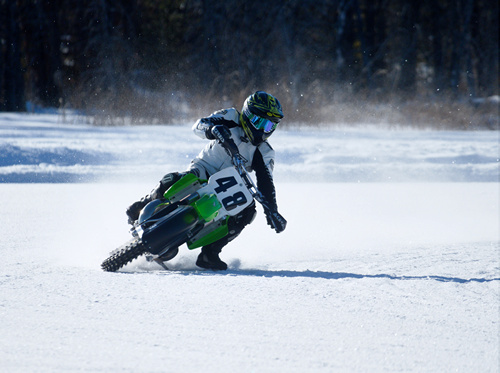 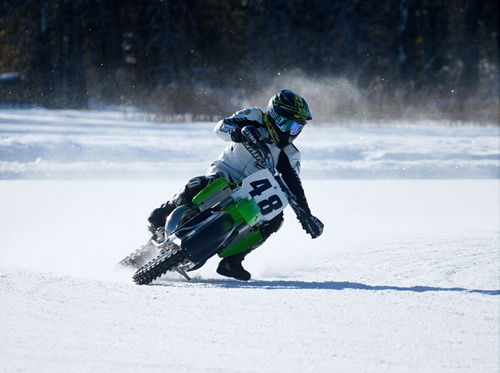 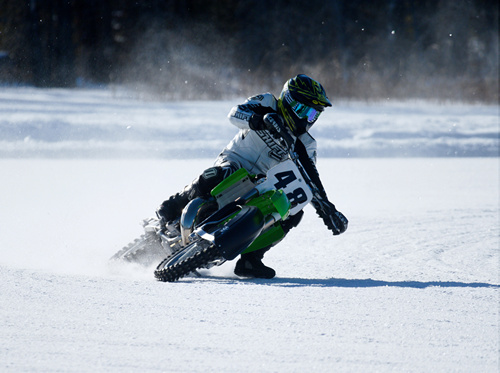 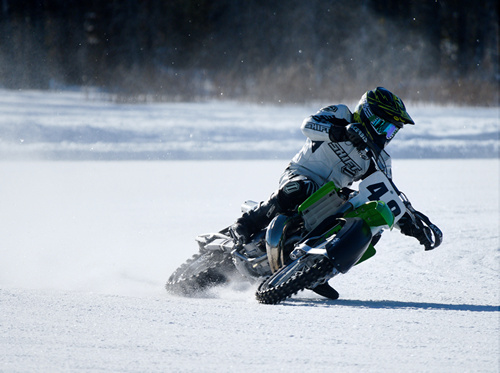 The top right shot was
1/1600th of a second. The others are 1/2000th. All shot, wide
open. The Leica DG
Vario was at 400mm (efl 800mm) and the images were hand-held.
As you can see, the auto-focus never failed.
That being said, I tried the tracking on the last day of Ice Racing, and found with firmware 2.2, it was much improved. It followed the bikes much better, with far less tendency to jump to the background. And, because it was not restricted to the 3x3 rectangle, I found I could follow the bikes even better. This was a very welcome surprise and I'm only sorry I did not try it earlier!
The following shots are, again, all hand-held, no tripod or monopod, so
they show real world usage. For each, I used the electronic shutter, to
reduce battery drain, as in cold weather, all batteries suffer.
Taken over 4 weekends, temperatures ranged from -10C to -26C.
Some days it snowed, others not. The relevant data is below
each shot. (All the images were taken at Stake Lake, near Kamloops, BC, Canada.) All photos (c) 2019
David Young - all rights reserved.
www.furnfeather.ca.
It turned out to be a brilliant combination!
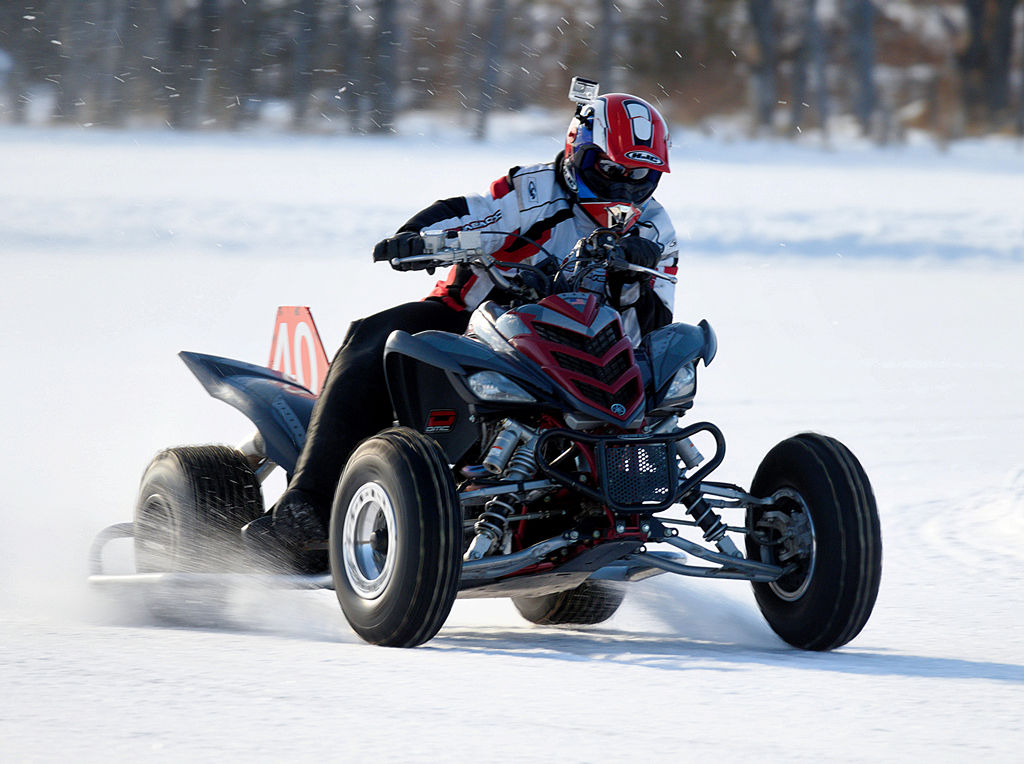 1/250th @ f5.7, 300mm
(600mm efl) ISO 200.
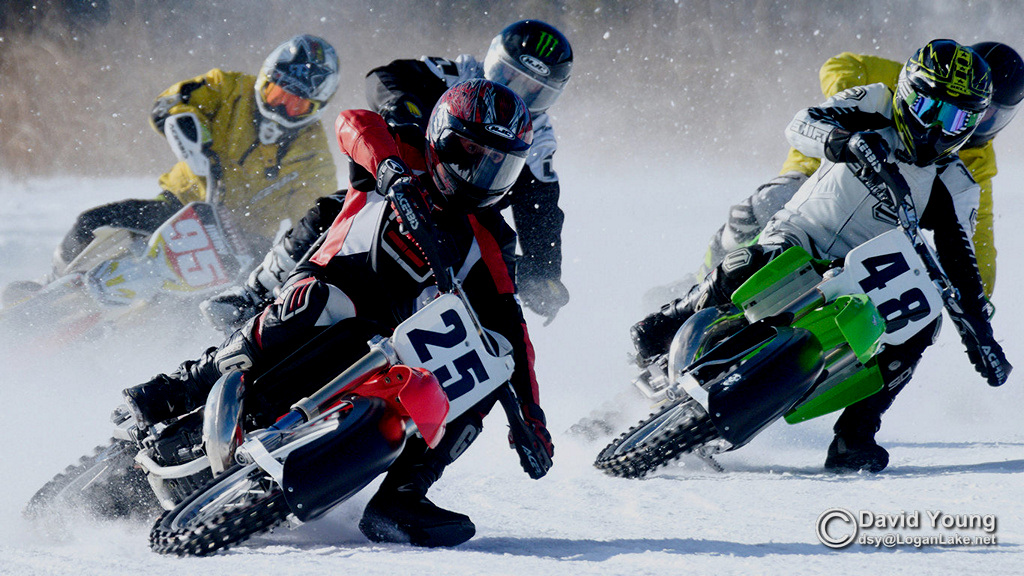 1/1600th, @ f5.9. 350mm
(700efl) ISO 640.
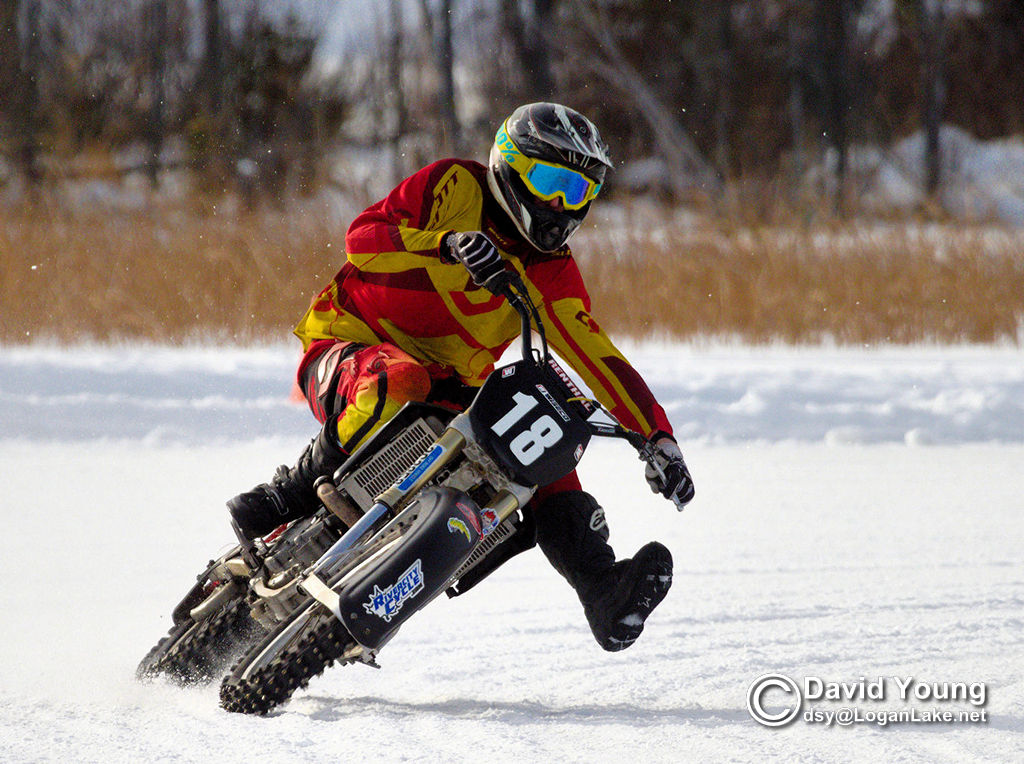 1/2500th @ f7.1,
400mm (800mm efl), ISO 800.
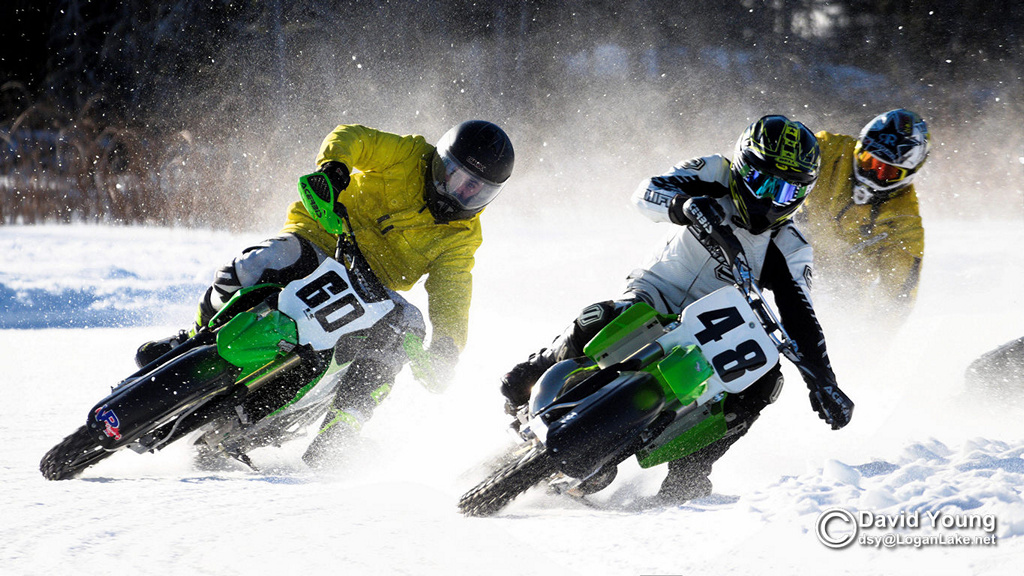 1/640th, @ f6.3.
400mm (800 efl) ISO 640.
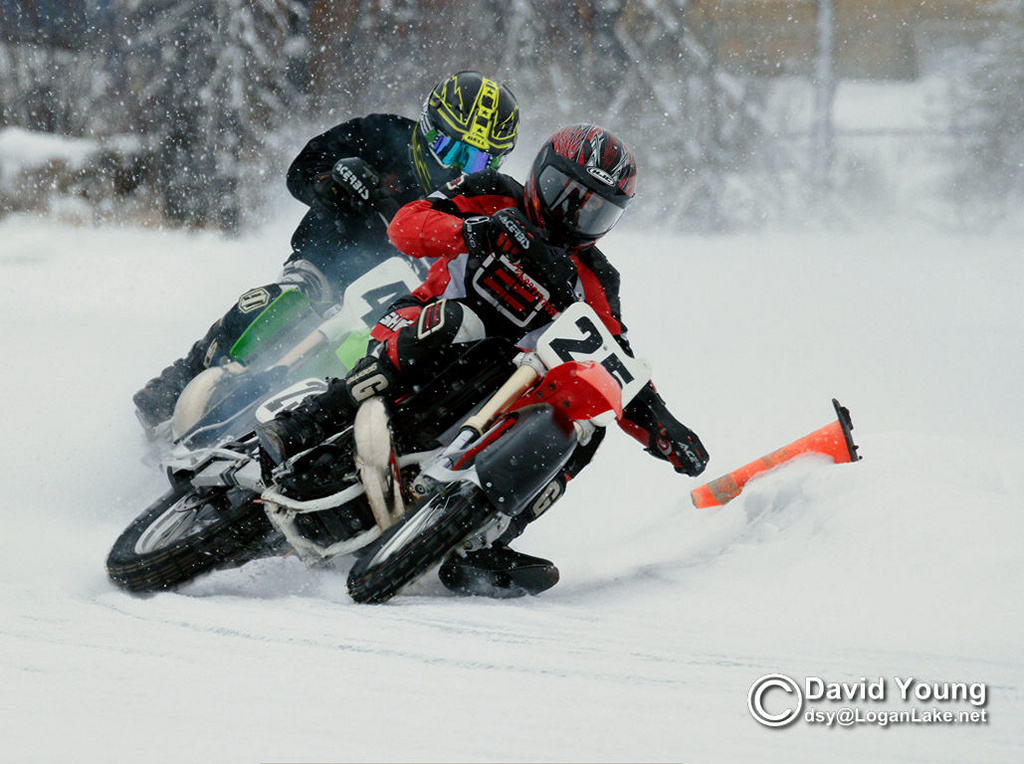 1/640th @ f7.1, 350mm
(700mm efl), ISO 640.
Any Autofocus system has a much harder time, when it's snowing as the camera tends to focus on the snowflakes. The Oly/Leica combo did, too. But when it worked, which was much, if not most, of the time, it was great! 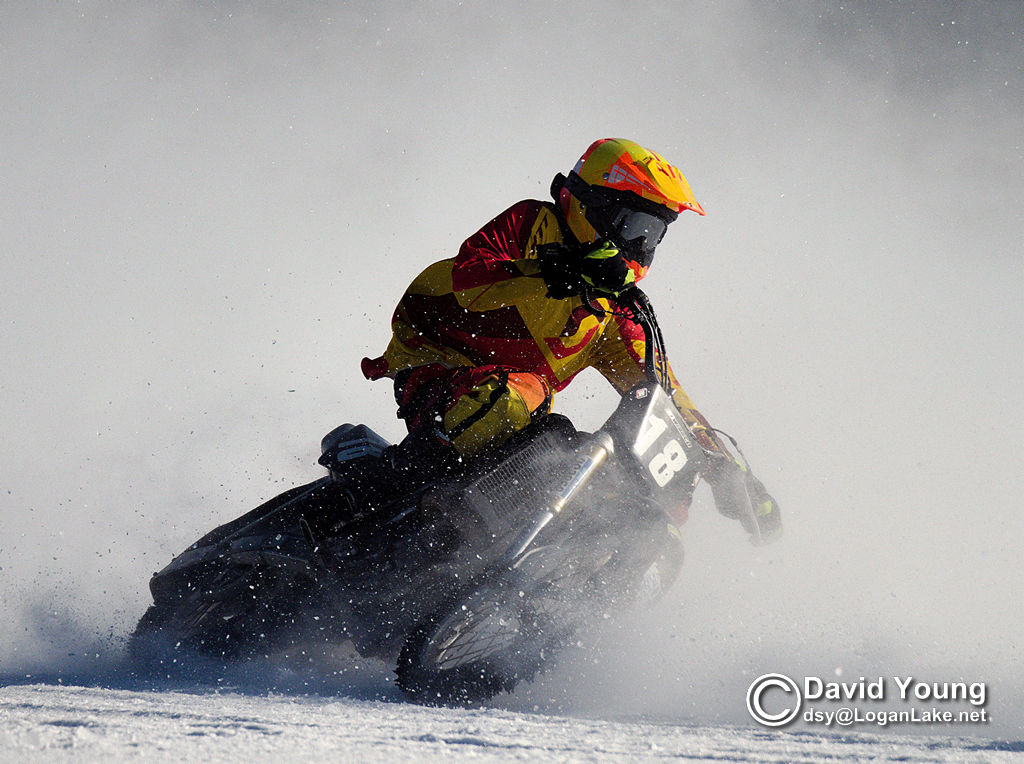 1/6,400th, f5.6 @ 280mm (560mm efl), ISO 800. The next weekend, there was no snow, but conditions were such that the bikes threw up clouds of ice crystals, (above) making a "fog". If we were lucky, the breeze blew the fog away, before the lead group of bikes came 'round again. But, if it didn't, you'd find the riders suddenly appearing. This made for a tough challenge for the AF system, but once the camera had a clear view, it worked just fine. 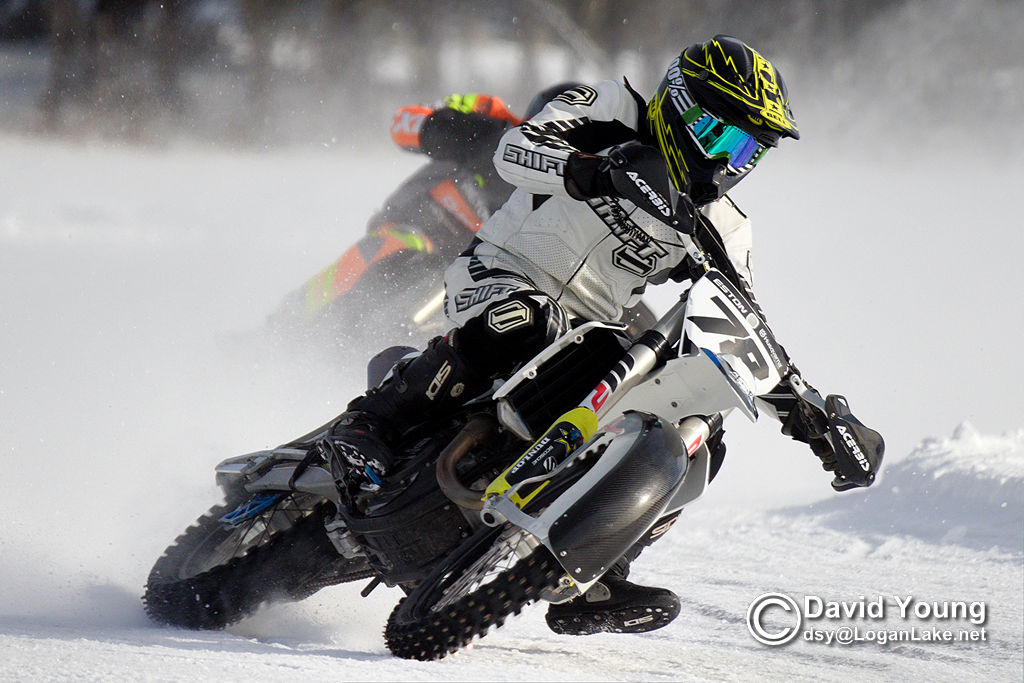 1/2500th, f6.3 @ 400mmm (800mm efl), ISO 800. 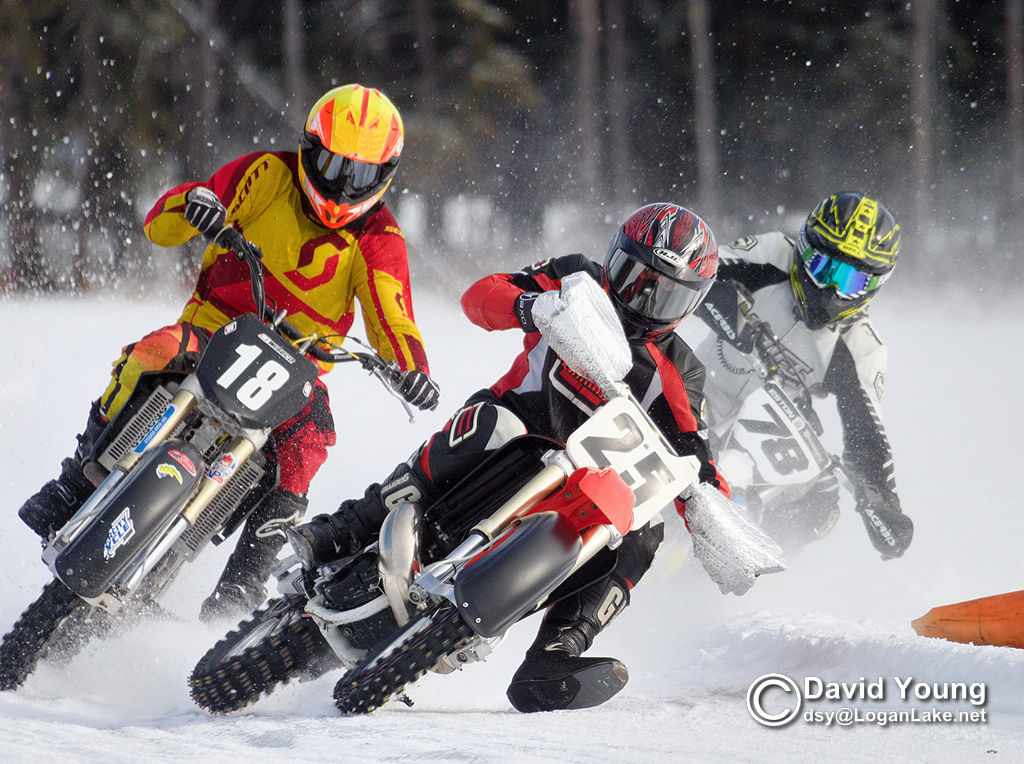 1/1600th, f6.3 @ 400mm (800mm efl), ISO 800. 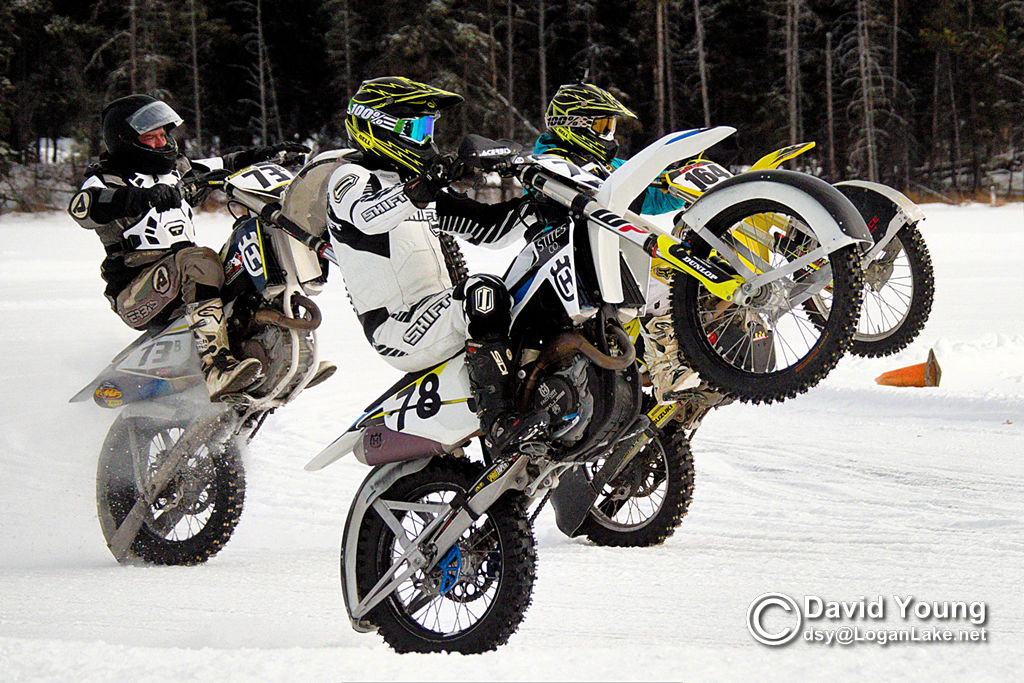 At the end of the day, a few of the boys decided to have one more, informal race ... reaching roughly 70kph over a 300 meter straighaway, on ice, at -21C, while doing "wheelies"! This shot should have been at a slightly slower shutter speed, to give a bit of blur to the wheels, suggesting motion. But, this was not planned and the sun had just come out, so my ISO (and thus my shutter speed) was too high for the conditons. Still, for a grab shot, Ithought it worked pretty well. 1/3,200th., f5.6 @ 100mm (200mm elf) ISO 800, Hand-held.
Thanks for reading. Written: Feb. 2019. Updated: Feb, 2020.
|
A | |||||||||||||||||
